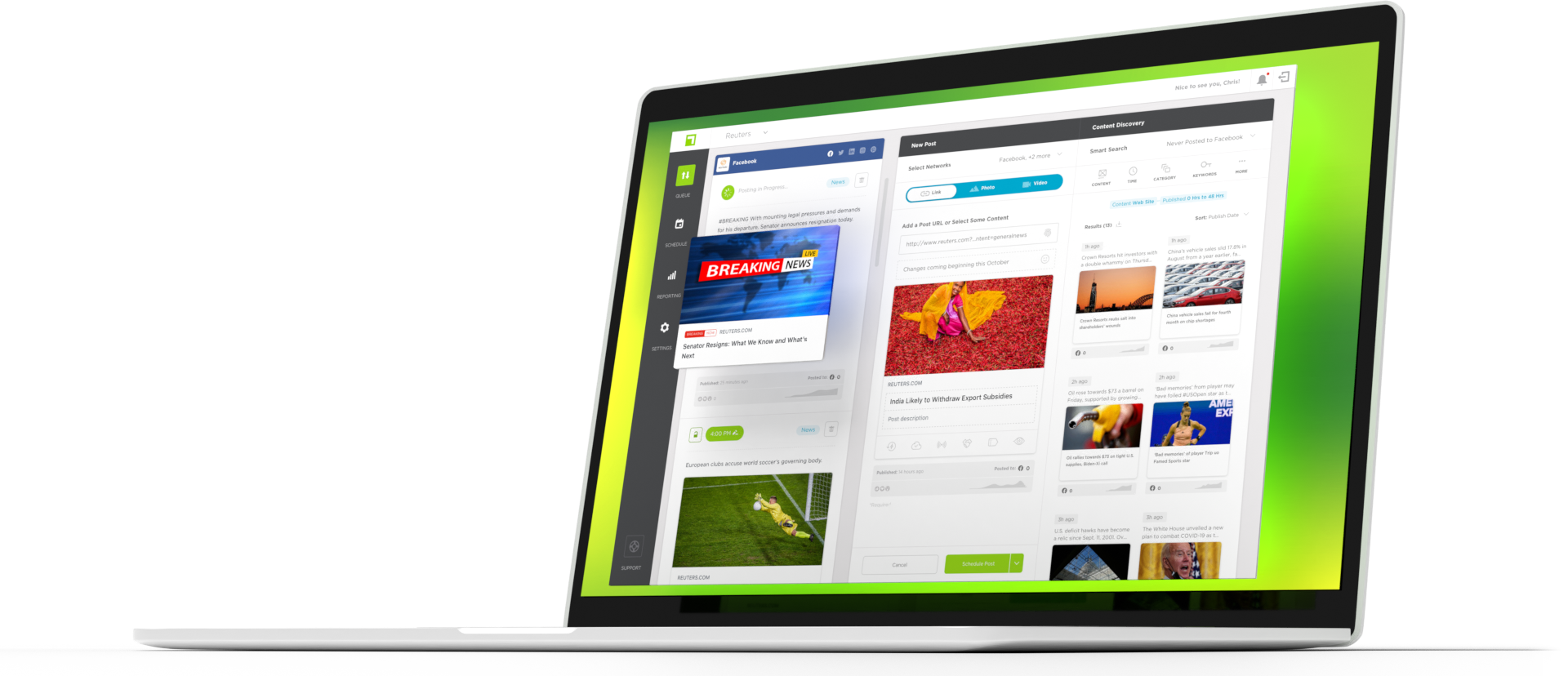Despite the emerging popularity of non-Meta social networks, Instagram remains one of the top dogs in most demographics. There’s a reason: It’s a really powerful branding tool with a large and diverse audience. The challenge always lies in how to reach people. So much of it is timing, consistency, and luck. Maybe some Instagram hashtags for good measure.
Hashtags are an integral part of the platform and began as an easy way to tag your content by topic to reach a specific audience. However, the app’s artsy vibe has turned hashtags into a language of their own: full cheeky sentences appear next to location tags, emojis, and veiled cultural references. Perhaps more importantly, Instagrammers actively use hashtags to get more info on their day’s top topic.
Why do I need to revise my hashtag strategy?
Instagram’s algorithms are constantly evolving. Social media best practices, preferences, and options are a moving target, and you don’t have any choice but to adapt. This means that you have to reevaluate your approach constantly—you can’t use hashtags in 2022 like in 2018.
5 tips to maximize your hashtag impact
There’s a difficult balance to be struck with hashtags. How do you know which ones to use, how many, when, etc.? You can follow some guidelines, but ultimately it’s a trial-and-error process. Here are some suggestions.
1. Reshare your best feed posts as Stories
To be clear, images on Instagram aren’t entirely dead. They can still be relevant, and you can succeed with them. However, you don’t want to repost the same thing repeatedly. This is a great way to alienate your followers.
If you want more eyes on a post after the fact, reshare it as a Story. It will show up for the next 24 hours in your readers’ Stories sequence—and you can easily add an extra layer of visual effects, hashtag links, or stickers to make it stand out.
How do you find your most successful posts? AI-powered social publishing tools like True Anthem make this very easy, allowing you to search your best posts by reach, engagement, and more!
2. Embracing narrative
This seems like a convoluted approach but hang with us. Stories and Reels have slowly displaced regular image posts. They allow users to easily bundle sharp images and video clips, creating a more complex plot than a single image. And as it turns out, these narratives are more effective at engaging users.
Adding hashtags appropriately can provide context and ensure your post gets to the right audience. For example, if you’re addressing a trending news topic, add an appropriate hashtag so people immediately know what you’re talking about without any background.
3. Rotate your hashtag types
There are seven main types of Instagram hashtags:
- Single-word services or products: Think of #catering or #Shakira
- Niche descriptions: Two or three-word descriptions that describe a defined subculture or audience, such as #catlife or #remoteworker
- Community hashtags: These are meant to cluster people around a specific interest, such as #foodiesofinstagram
- Seasonal Hashtags: These can include both real-life holidays or seasons, as well as made-up “Internet holidays,” such as #Fall or #TacoTuesday
- Location tags: Tap into geography!
- Phrase hashtags: Memeable slogans or short phrases that combine community or niche concepts or add a product or service to them – like #HeForShe or #ILiveWhereYouVacation
- Acronyms: Things like #YOLO for “You Only Live Once”
At first glance, it would make sense to keep your hashtag strategy to the largest and easiest single-word hashtags. However, while these are often the most searched, they also have more competition and are less engaging.
You will want to find a mix of broad and niche hashtags for each post. This will help you reach a wide audience and find a more engaging niche audience who will interact with your content.
4. Mix and match your content types
In addition to Posts, Stories, and Reels, Instagram allows you to create “Carousel posts” and permanent collections or catalogs. There is no reason to stick to one type of content. You want to broaden your approach, watch your analytics, and lean into the types your audience enjoys the most.
Alternate between each type, and keep your Stories varied using different Sticker prompts and CTAs.
5. Inspire user-generated content
User-generated content (UCG) may seem like something other than a priority for large companies, which often have more in their archives that they can share. However, they can help you create close relationships with fans and turn them into brand promoters rather than passive consumers.
What is the easiest way to invite readers to contribute? Create a contest and an identifying hashtag, and ask readers to submit their themed creations using the hashtag. You can repost top submissions and have your hashtag (and brand) echo in the creator’s friends lists.
Final Thoughts
Most Instagram features were designed to be interactive and have begun moving basic use of hashtags away from the spotlight. This means you won’t see nearly as many hashtag-littered captions, which I don’t think anybody will miss. However, a well-placed Instagram hashtag can improve upon the algorithm and help you find your audience.
Learn how to automate your social media posts by contacting us for a demo.

